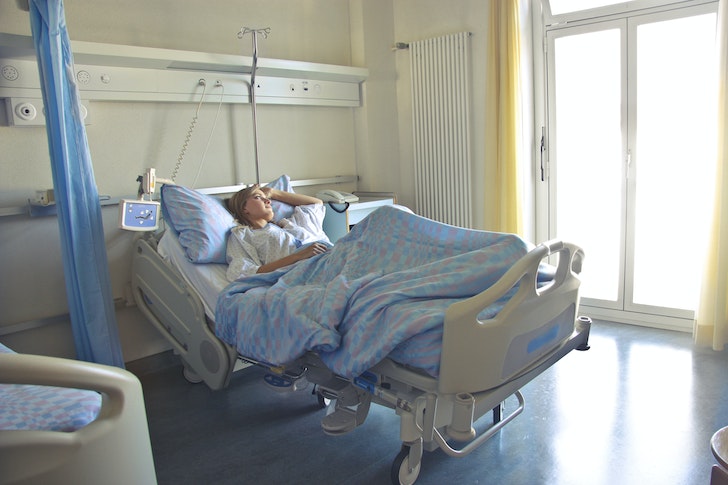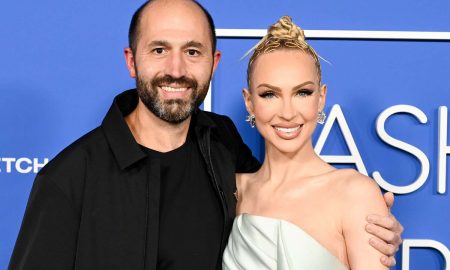
Is The World Close To Receiving A Cure For Sickle-Cell Disease?

In 1904, a young man named Walter Clement Noel traveled from New York to Barbados for an eight-day trip. During this time, it was rare for people of color, especially black people, to be permitted in American universities, but Noel hailed from an educated and well-off background, which aided him in the process of getting admission to the Chicago College of Dental Surgery.
However, during his trip, he developed a sore on his ankle and, after returning, visited a doctor to get it checked. The doctor treated it with a tincture of iodine, and his wound healed up but left behind a scar. Soon after, Noel began experiencing cough, difficulty breathing, fever, dizziness, and weakness.

Pixabay/Pexels | This eventually led Noel to visit the hospital, where his blood was examined under a microscope by a medical intern named Ernest Irons
Discovering Sickle-Cell Disease
Irons discovered that Noel’s blood cells displayed an altered figure of a sickle. For two years, Irons and his supervising physician, James Herrick, monitored his health of Noel, which seemed to have further worsened. Eventually, Noel passed away due to pneumonia at the age of 32. In the 1920s, doctors became aware of sickle cell disease; since then, scientists have worked tirelessly to find a cure.
Still At Large
Today, sickle cell disease affects hundreds of thousands of Americans. For every 365 black babies, one is born with this condition, according to the CDC. People who are suffering from a severe case of this disease are given a life expectancy of 45 years. There are only a handful of medicines that are approved by the F.D.A.; The startling fact is that many people don’t have access to proper medical care and those who do report biased treatment.
The Best Option
For many years, bone marrow transplants have been seen as the best option to cure sickle-cell disease, but this treatment is not as easy as it may seem. Firstly, the patient is subjected to a series of chemotherapies, which kills off their bone marrow cells, and then a healthy donor’s stem cells are transplanted so that the body can prepare healthy blood cells.

Andrea/Pexels | Bone marrow transplant is currently seen as the most readily available treatment
The Scientific Breakthrough
In 2019, one physician changed their approach to the treatment. It was Haydar Frangoul, a pediatric hematologist at the Sarah Cannon Research Institute. He took a sickle-cell disease patient’s bone marrow cell and, using gene-editing technology, edited their DNA. Since the bone marrow cell belonged to the patient, there was a reduced risk of rejection, and they didn’t have to go through the hassle of getting a donor.

Thirdman/Pexels | The patient now lives a healthy life with almost no hospital visits.
Scientists believe it is still too early to consider this a cure for the disease, but it holds great potential. However, there is no point in having a breakthrough in science if this treatment isn’t accessible to the patients who need it.
This treatment requires long therapies and hospital stays, but it should be made accessible to all for it to become a cure.
More in Treatment
-
`
5 Reasons Why Dad’s Side of the Family Misses Out
Family bonds are intricate and multifaceted, often creating a unique tapestry of connections. However, many people notice a peculiar trend: stronger...
July 12, 2024 -
`
A Quick Guide on How to Get Short-Term Disability Approved for Anxiety and Depression
Living with anxiety or depression poses unique challenges, particularly in the workplace, where stress can exacerbate symptoms. For many, short-term disability...
July 5, 2024 -
`
Why Do People Feel Sleepy After Eating?
Is feeling sleepy after eating a sign of diabetes? Well, not directly. There are many reasons why you feel drowsy after...
June 20, 2024 -
`
What Is High-Functioning Depression? Symptoms and Treatment
High-functioning depression may not be a term you hear every day, but it’s a very real and challenging experience for many....
June 13, 2024 -
`
Kelly Clarkson’s Weight Loss Ozempic Journey – Debunking the Rumors
In a refreshing moment of transparency, Kelly Clarkson, the beloved singer and talk show host, sheds light on her remarkable weight...
June 3, 2024 -
`
What Is the Best Milk for Gut Health and Why?
In recent years, the milk section at the grocery store has expanded far beyond the traditional options. While cow’s milk has...
May 30, 2024 -
`
Do Dental Implants Hurt? Here’s All You Need to Know
When you hear “dental implants,” you might wince at the thought of pain. But do dental implants hurt as much as...
May 24, 2024 -
`
5 Key Differences Between A Psych Ward & A Mental Hospital
Curious about the differences between a psych ward and a mental hospital? You are not alone. With the mental health conversation...
May 16, 2024 -
`
It’s Official! “Selling Sunset’s” Christine Quinn & Husband Christian Dumontet Are Parting Ways
Have you ever found yourself unexpectedly engrossed in the personal lives of celebrities, especially when their stories take dramatic turns? Well,...
May 9, 2024










You must be logged in to post a comment Login